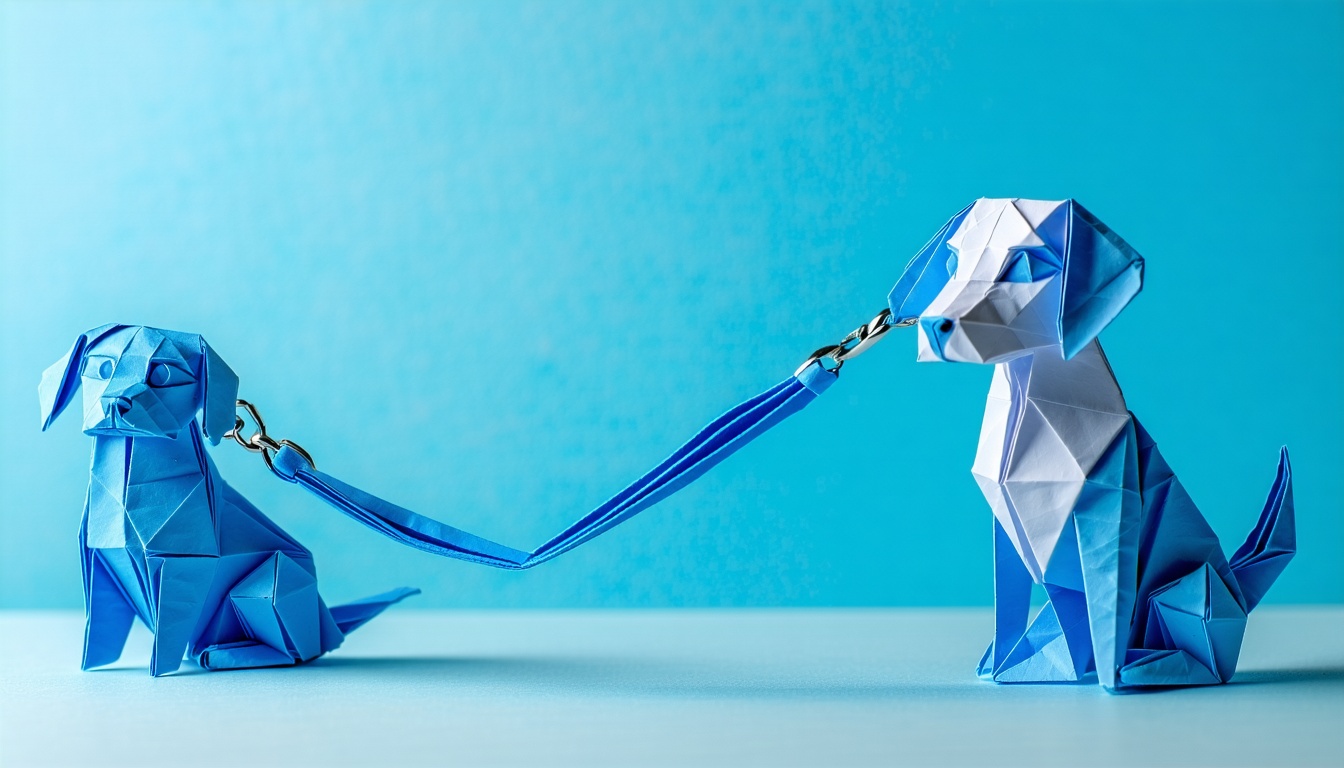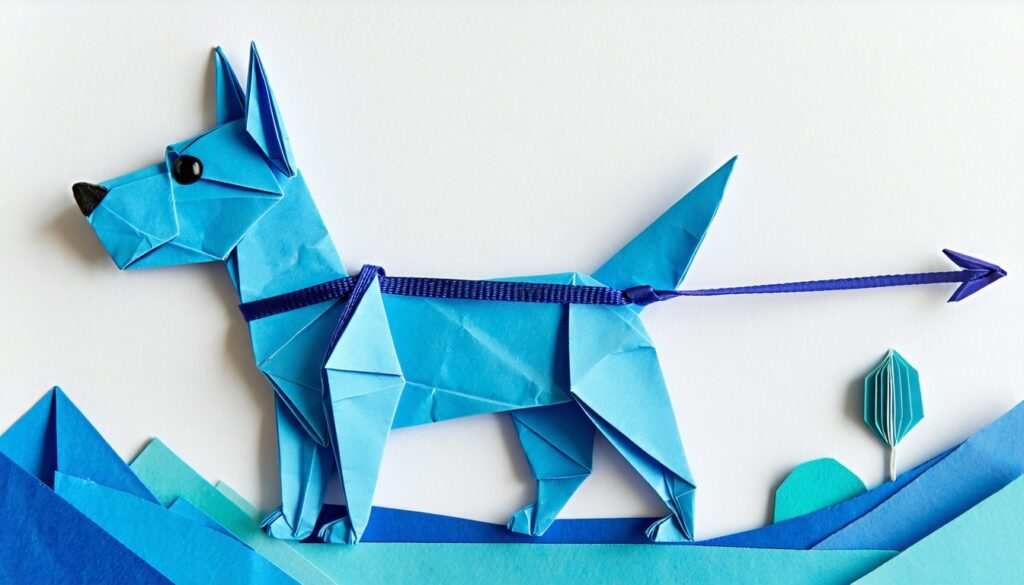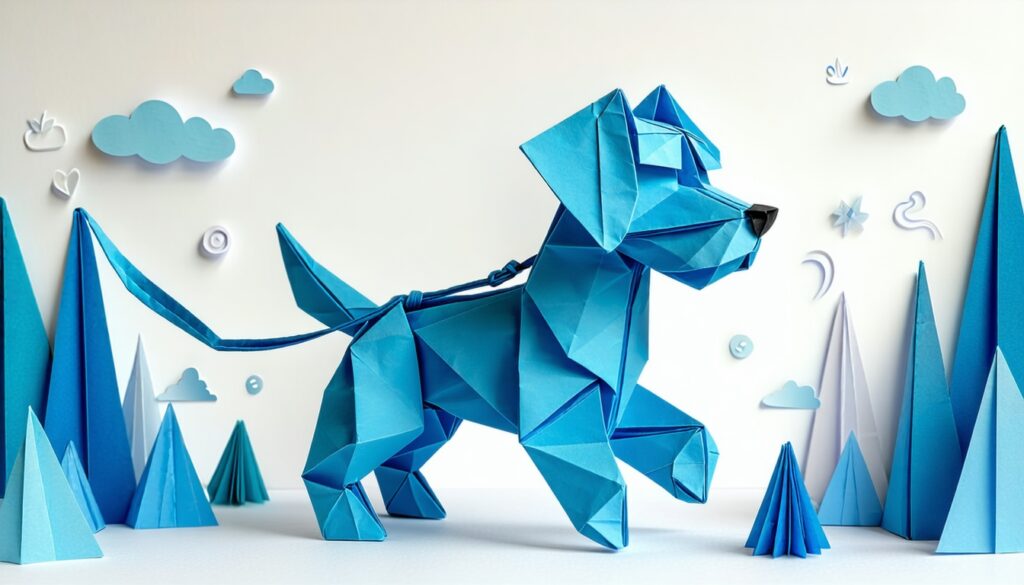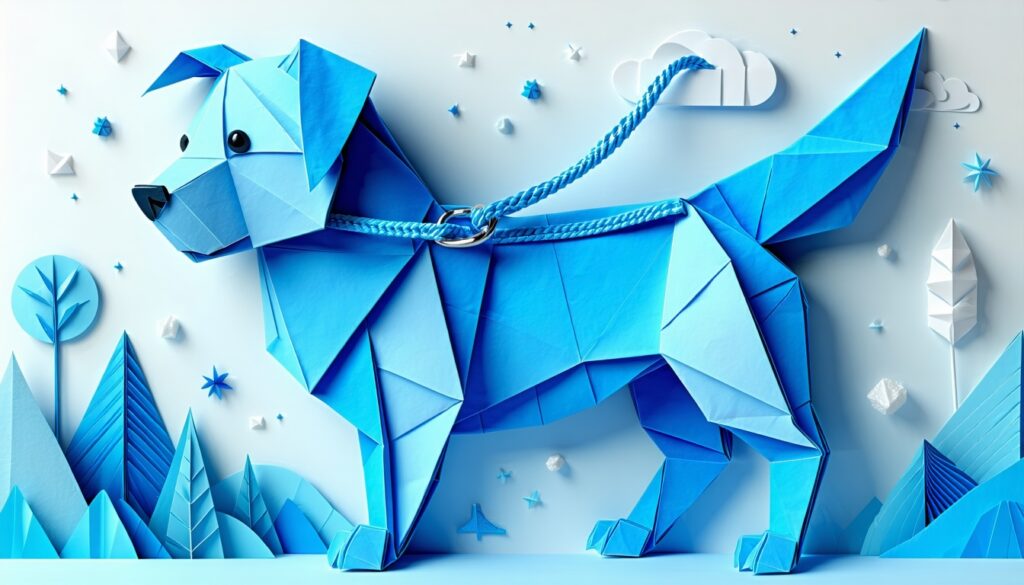Getting ready to learn how to leash train a puppy can feel like a big step, but it can also be a fun bonding experience. With a friendly approach, consistency, and the right tools, you and your pup will soon stroll side by side without fuss. Below is a step-by-step tutorial to help you out.
Gather the right gear
Before you begin, make sure you have the basics:
- Collar or harness that fits comfortably (two fingers should fit between the material and your puppy’s neck).
- Standard 4- to 6-foot leash (avoid retractable leashes at first to prevent tangles).
- A treat pouch with small, tasty rewards that you can offer easily.
- Patience and a positive attitude.
According to PetMD, a well-designed harness can make leash training easier for dogs that tug. If you’re working with a larger breed, you might benefit from checking out leash training large breed puppies for extra tips.
Introduce collar and leash
Puppies aren’t born knowing that a collar and leash are normal. Slowly get them used to this new concept:
- Let them sniff and explore the collar or harness inside your home.
- Slip it on briefly while offering treats and cheerful praise.
- Repeat in short sessions, gradually increasing the collar-on time.
Keep it fun. According to the American Kennel Club (AKC), you can create a positive association by linking the leash with mealtime or short play sessions.
Teach a consistent cue
Next, introduce a verbal cue that signals rewards are coming, like “Yes” or “Good.” Say it, then offer a treat. Over time, your puppy learns that hearing this cue means they did something right, so they’ll be eager to repeat the good behavior.
- Use the cue whenever your puppy even briefly focuses on you.
- Reward them while they’re focusing. Timing is everything.
- Stay upbeat. They can sense frustration, so keep it light.
Practice indoors first
Before stepping outside, let your puppy master walking with you indoors. They’ll have fewer distractions, so they’ll pick up skills faster. Here’s how:
- Clip the leash onto your puppy’s collar or harness.
- Use your cue word and lure them to your side with a treat.
- Take a few steps, then reward them again if they follow calmly.
- Build up slow, a few minutes at a time.
As recommended by AKC, keep sessions short due to those puppy-sized attention spans. End on a high note so they’re excited for the next round.
Move outdoors gradually
Once your puppy is rocking indoor training, it’s time to try the yard or a quiet sidewalk:
- Pick a low-distraction area for the first few outdoor walks.
- Keep the leash loose, offering gentle guidance.
- Reward good leash manners frequently, especially when they walk calmly at your side.
If you need some added structure, you can explore a leash training schedule for puppies. Consistency helps them understand walk time is safe and predictable.
Troubleshoot common pitfalls
Even the best-laid plans can hit snags. Here are quick fixes for the most frequent issues:
Pulling
- Stand still like a tree. As soon as they stop pulling and look at you, reward them. Resume walking calmly.
- Try a front-clip harness if pulling persists (PetMD recommends these for better control).
Lunging or barking
- Put distance between your puppy and the trigger (like another dog).
- Redirect their focus with a treat or your cue word. Offer praise when they look at you, not the distraction.
Biting the leash
- Gently remove it from their mouth, then immediately offer a chew toy or treat.
- Teach them that the leash isn’t a plaything by rewarding them whenever they walk with it calmly.
Stay consistent long term
Leash manners won’t develop overnight. Consistency is everything:
- Practice daily in short bursts (5–10 minutes).
- Gradually reduce treats as they learn, but keep random rewards to maintain interest.
- Explore fun ways to keep it fresh, such as leash training games for puppies.
In time, a reliable leash routine makes walks happier for both of you. Rogue Pet Science (source) confirms that positive reinforcement is the key ingredient to success. If you want even more guidance, you can also check out puppy leash training tips for detailed pointers.
Wrap up your training
Learning how to leash train a puppy can feel like a puzzle, but breaking it into small steps makes it doable. Go easy on yourself, celebrate little wins, and remember that each walk helps you bond. Over time, you’ll see your puppy joyfully walking at your side, ready to take on every new adventure by your feet.



